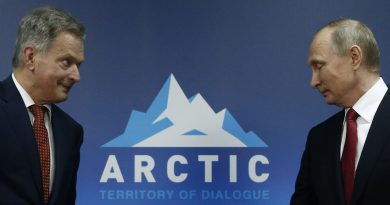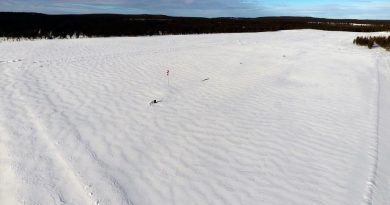U.S., NATO and Russia engage in cat-and-mouse game during Arctic training
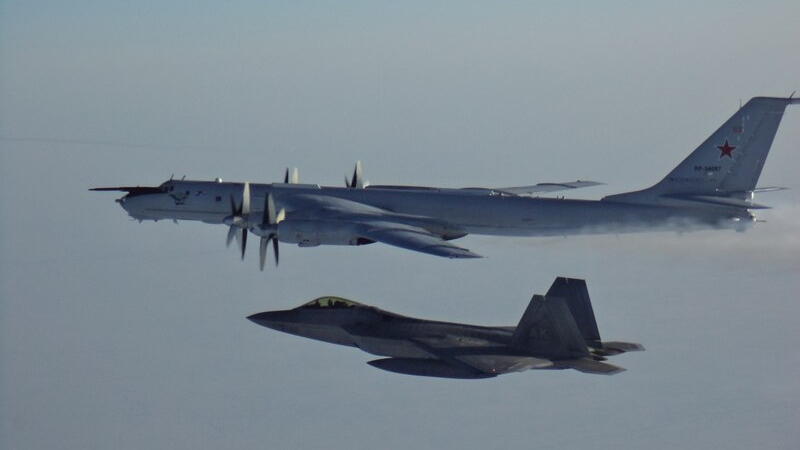
The United States and its NATO allies have been engaged in a cat-and-mouse game with Russia on the opposite sides of the Arctic over the last week as each side’s military tries to parry the other’s moves amid increasingly overt geopolitical competition in the region.
The commander of U.S. Northern Command told lawmakers on Capitol Hill Wednesday that a pair of Russian Tu-142 maritime reconnaissance aircraft intercepted by U.S. and Canadian jets in the international airspace off Alaska’s northern coast two days earlier were sent to keep an eye on a U.S. submarine exercise known as ICEX.
The encounter with the Russian submarine hunters over the Beaufort Sea came only two days after Norway and Britain had to scramble their fighter jets to shadow another pair of Russian Tu-142s accompanied by a MiG-31 fighter jet and Il-78 tanker on a 13-hour flight over the Barents, Norwegian and Northern seas.
Russia responds to NATO moves over European and North American Arctic
Video released by the Russian military shows the Russian Tu-142s being shadowed by Norwegian and British fighter jets.
Capt. Cameron Hillier, a spokesperson for the binational North American Aerospace Defence Command (NORAD), said the Russian submarine hunter aircraft entered the Alaskan Air Defense Identification Zone (ADIZ) on March 9 and remained within it for approximately four hours.
NORAD dispatched U.S. F-22 and Canadian CF-18 fighter jets, supported by KC-135 Stratotanker and E-3 Sentry AWACS aircraft to shadow the Russian Tu-142s.
The Russian aircraft remained in international airspace over the Beaufort Sea, and came as close as 50 nautical miles (92 km) to the Alaskan coast, Hillier said. However, the Russian aircraft did not enter U.S. or Canadian sovereign airspace, he added.
A video posted by NORAD on its Twitter account shows the pair of Russian submarine hunters accompanied by U.S. and Canadian fighter jets flying over an ice camp set up by the U.S. military on the ice floe in the Beaufort Sea about 300 kilometres (190 miles) north of Prudhoe Bay, Alaska.
— North American Aerospace Defense Command (@NORADCommand) March 11, 2020
U.S. Air Force Gen. Terrence J. O’Shaughnessy, was quoted by The Military Times Wednesday telling U.S. lawmakers that the Russian aircraft were “operating in one of our ICEX exercises we had where submarines actually pop up out of the ice.”
This year the three-week biennial ICEX exercise in the Arctic Ocean featured the construction of a temporary ice camp, Camp Seadragon, and two U.S. Navy submarines – the Seawolf-class fast-attack submarine USS Connecticut (SSN-22) and the Los Angeles-class fast-attack submarine USS Toledo (SSN-769).
The U.S. submarines practised surfacing through the multi-year Arctic ice and operating under ice.
Display of U.S. Arctic naval prowess
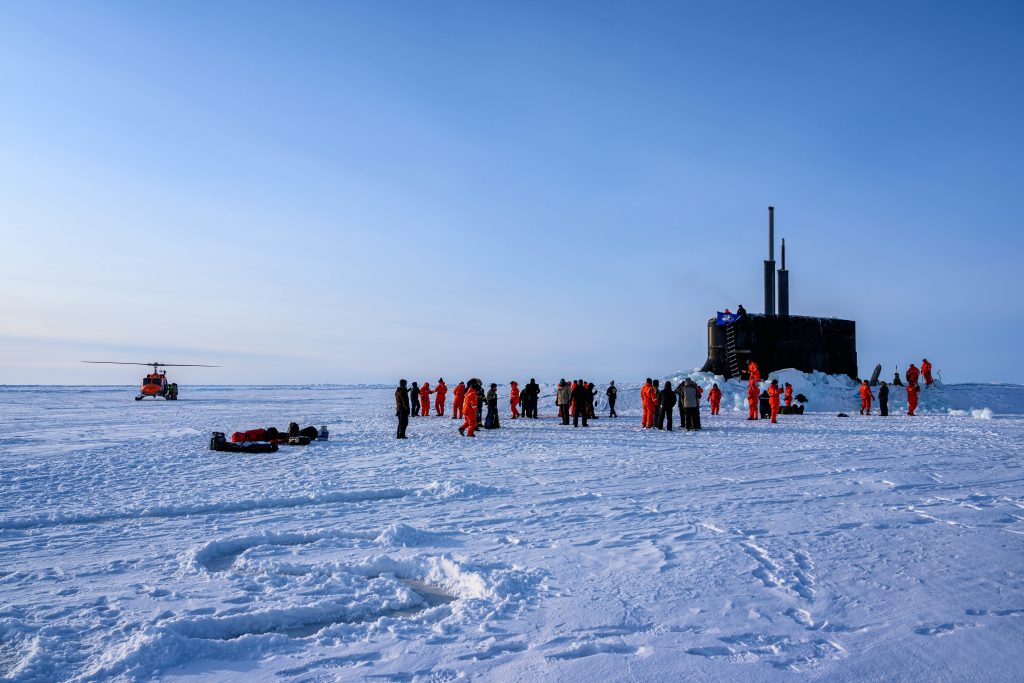
U.S. Naval War College associate professor Rebecca Pincus said the ICEX exercises demonstrate to the international community that U.S. Navy maintains top notch capabilities in the Arctic that even Russia would have a hard time matching.
“I do think that the visibility of this exercise is a useful way for the Navy to remind the world that it is in fact operating in the Arctic Ocean, it can operate in the Arctic Ocean year around, it’s the most advanced and capable navy operating in the Arctic Ocean,” Pincus said.
The Russian response to these exercises, which in this case is appears to be limited to sending out maritime surveillance patrols to shadow the U.S. forces, shows that the Russian submarine fleet has different priorities and probably different constraints, Pincus said.
“The U.S. Navy does this publicly as a visible public signal of its war capability and if Russians were able to respond in kind, it’s pretty likely they would, because we know they respond to other kinds of demonstrations,” Pincus said.
“When there is a large NATO exercise, we often see some kind of Russian response that might be like a snap military drill or some other kind of in kind response.”
A high-stakes dance
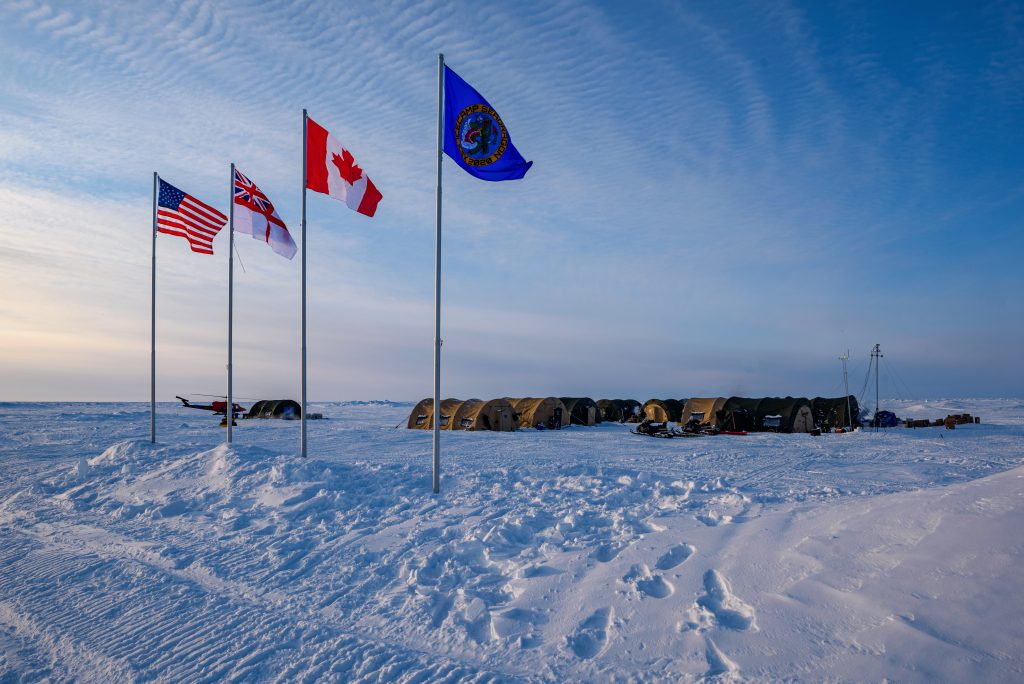
(U.S. Navy photo by Mass Communication Spc 1st Class Michael B. Zingaro/Released)
Rob Huebert, a Canadian defence expert, said Russia dispatched the maritime surveillance aircraft to not only keep tabs on the American exercise but also to demonstrate its own ability to counter U.S. and NATO moves in the region.
“They are probably listening, they probably have all sorts of electronic equipment set up to try to pick up on frequencies, behaviour, any indication that is going to give them a heads up if things go violent in the future,” Huebert said. “This is a very normal action that we’ve seen ever since the Russians resumed their activities [in the Arctic] in 2007.”
The long history of ICEX exercises underline the fact that even at the height of the détente between Russia and the U.S. following the collapse of the USSR, the two countries maintained their most important defensive capabilities in the Arctic.
“I think what they do they provide us with a clear indication that even back in the days when we used to wish there was such a thing as ‘Arctic exceptionalism’, the reality is that both the Americans and the Russians were continuing to maintain their highest level of capability, the most important elements of their defensive forces – their attack subs, their long-range bombers,” Huebert said.
“And we’ve had this dance going on since at least 2007. And the nature of these games became that much more serious in the current era.”
Related stories from around the North:
Canada: Canada, U.S. must do more to check Russian military in the Arctic, says NORAD chief, CBC News
Finland: Finnish Defence Minister tells party leaders shrinking fighter fleet would be “irresponsible”, Yle News
Iceland: Iceland talks Arctic, Trump’s ditching of climate accord, with U.S. Secretary of State, Eye on the Arctic
Norway: Russian jets led mock attack on Arctic Norway radar, intel director says, The Independent Barents Observer
Russia: Russia accuses Norway of northern military buildup, The Independent Barents Observer
Sweden: Arctic Sweden to welcome thousands of international troops for Northern Wind exercise, The Independent Barents Observer
United States: U.S. experts call for ‘vigilance’ on Russian military buildup in Arctic, Alaska Public Media

